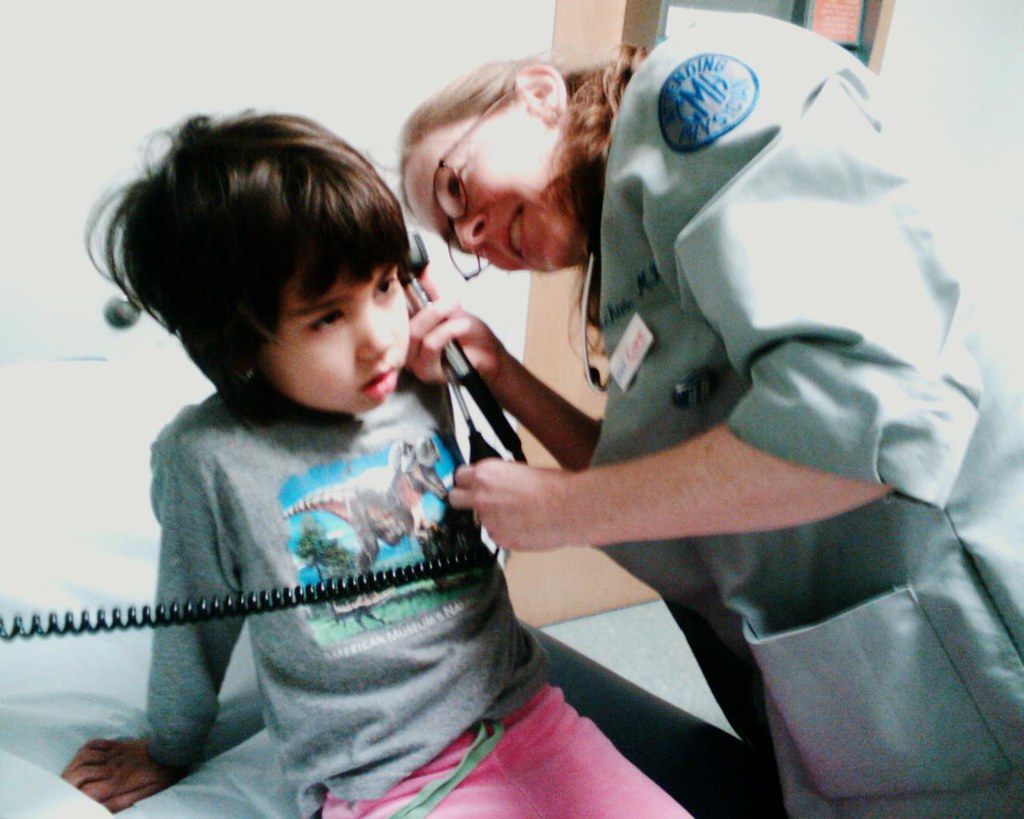Ear infection in kids is one of the most common reasons for children to visit a doctor. Bacteria are the primary cause of these infections. When fluid builds up behind the eardrum, it can inflame the middle ear. Ear infection, in scientific terms, is known as otitis media (OM).
Symptoms can be divided into three main categories depending upon the type of ear infection. Each has a characteristic combination of symptoms:
- Acute Otitis Media (AOM) – This is the most common condition. The middle ear is infected, and fluid is trapped behind the eardrum. This causes what is known in common parlance as an earache and can be accompanied by a fever
- Otitis Media with Effusion (OME) – This is somewhat less common and happens after the primary ear infection has healed, but fluid remains trapped behind the eardrum. In such cases, there may be no visible symptoms, but a qualified doctor can detect it with the help of an ear scope.
- Chronic Otitis Media with Effusion (COME) – If the fluid remains in the ear chronically, it is known as COME. The fluid keeps returning again and again. It requires qualified medical attention as the child can have problems with their hearing. It also reduces their ability to fight new infections.
The common signs that a non-medical professional can understand are also essential to note, especially for the parents:
- Pulling at their ear in discomfort
- Crying and fussiness
- Sleep deprivation
- It is more pronounced in infants and younger children
- Fluid discharge from the ear
- Balance loss and general clumsiness
- Trouble in identifying softer or quieter sounds
The common reasons why children are more likely to be affected by an ear infection than adults have to do with their body structure.
- Their eustachian tubes are smaller and more level. This creates an ideal space for fluid accumulation. If they swell due to cold or get blocked due to mucus, the fluid becomes even more challenging to drain.
- A child’s immune system has not developed to the same level as that of an adult. This generally makes it harder for children to overcome any infection.
- The adenoids, which are part of the immune system, respond to bacteria passing through the nose and the mouth. They can trap bacteria, which then cause a chronic infection that can pass to the eustachian tubes and the middle ear.

